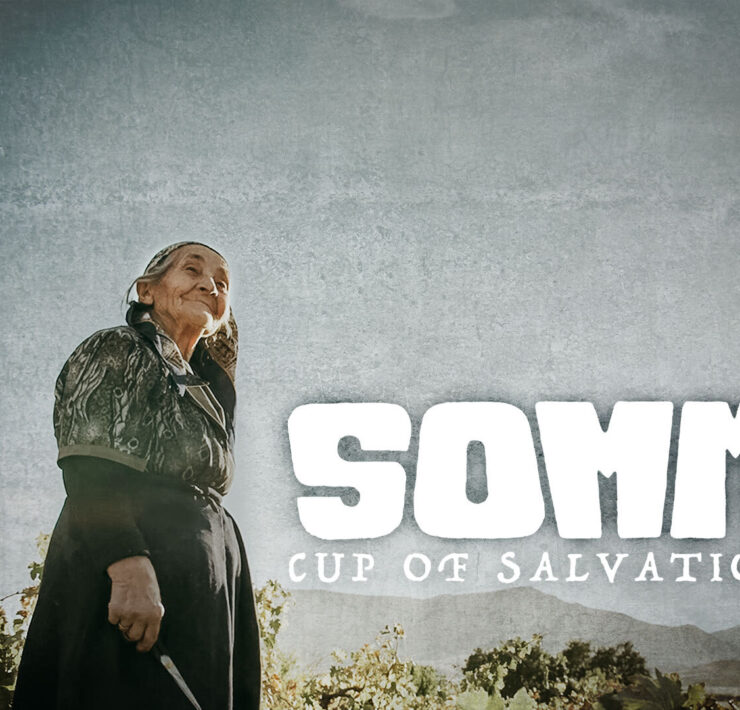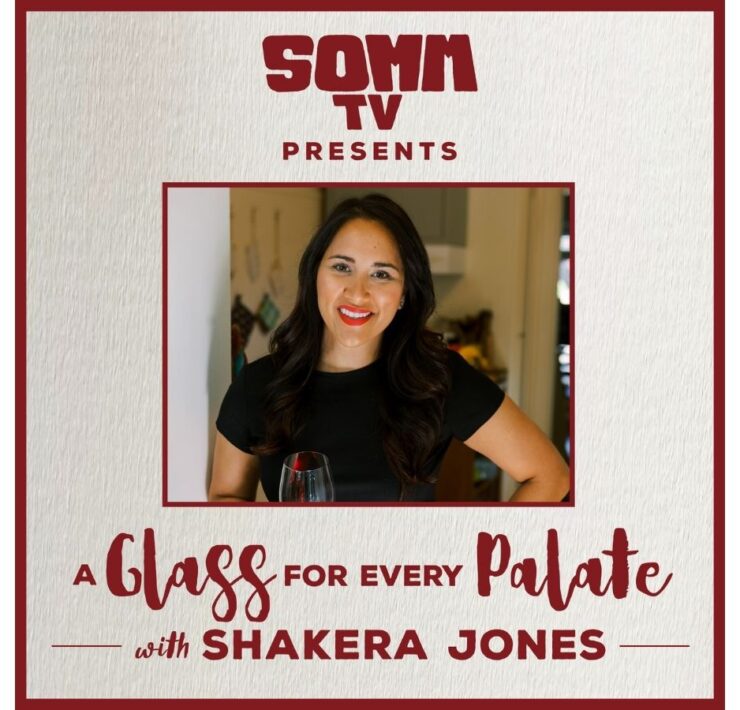In a recent episode of the SOMM TV Podcast, host Jason Wise and Steve Matthiasson, SOMM film alumni Steve Matthiasson to discuss bullsh** in wine. The episode, available on iTunes, Spotify or online, counts down the top five absurd and misunderstood aspects about wine.
Wise and Matthiasson make it clear from the top of the episode that the purpose of this exercise is not to deter people currently learning about wine. Some of these topics are a part in certification processes. The goal of the podcast (and this article) is to highlight that somewhere between our feet touching the dirt in the vineyard and bottles selling for thousands of dollars on auction is a fair amount of bullish**.
A couple of the topics are widely agreed upon among people who work in the industry. In contrast, others edge towards unpopular opinions. Read on to discover where the most bullsh** lives in the industry.
5) The Way We Talk About and Describe Wine
Describing wine is a learned vocabulary. People often adopt terminology that might not be familiar to sound smart or not feel left out.
In the podcast, Matthiasson exemplifies the link between gooseberry and Sauvignon Blanc. For many people, gooseberries are not a common fruit and likely not experienced until later in life – if ever. It’s more realistic for people to reference gooseberries as something that tastes like Sauvignon Blanc – not vice versa.
The example that Wise recalls is his experience while filming the original SOMM documentary. The reference to violets is common when describing red Burgundy, so Wise went to a florist to grab some violets to shoot and was met with a peculiar look. The reason? The most common species of violets have very little to no scent. Most people using violet as a descriptor refer to what they think violets smell like.
Wise states that part of the issue with wine descriptors is that it’s a Eurocentric lexicon. People from certain parts of the world are at a disadvantage when drawing on what industry considers common reference points.
4) Wine Needs To Be Finished
The overwhelming consensus among most consumers is that wine doesn’t last, so once it’s open, it’s best to finish the bottle. Jason Wise and Steve Matthiasson agree; this is complete bullish**. Food lovers have no issue with taking home leftovers from a restaurant. Why should wine be any different? Put the cork in, put it in the fridge and finish it up a day or two later.
During filming, Wise comments that older wines are frequently tasted. Some bottles are thought to be over the hill, but often, a little oxygen and time are all the wine needs to open up.
“Wine is a living thing that changes with exposure to air or with a chill. So don’t be afraid to see how a wine evolves over a day or two,” says Wise.
3) Organic is More Expensive
As a winemaker, Matthiasson feels strongly about this one. He states that chemical companies propagate the myth that organic wine is more expensive. Some say it’s too costly and that yields are too low. In fact, in some cases, it’s less expensive. It depends entirely on the soil type and vineyard management.
“The benefit of organic soil is the vines last longer, which results in less turnover in the vineyard,” explains Matthiasson. In the podcast, he recalls converting a 25-year-old vineyard to organic and tripling yields. Organic viticulture is hugely beneficial and not necessarily more expensive.
2) Low Yields Are Better
Yields calculate the amount of fruit or wine that an acre of vineyard produces. “Throughout the industry, there’s a truism that lower yield crops are better because of sacrificing and cutting off grape clusters,” says Matthiasson. The philosophy implies that fewer grapes produce a more concentrated and flavorful wine.
It’s bullsh**.
The example that Jason Wise and Steve Matthiasson discuss in the podcast has to do with basil. If gardeners pinch off the flowers, the plant produces more leaves. However, Matthiasson explains how grapes differ, “the flavors are from the grape – not in the leaves. As long as the grape is getting fed, it doesn’t know there’s another cluster of grapes next to it.”
The exception is balance. Matthiasson states that a certain amount of droppage is necessary to achieve balance. But more dropped fruit is not necessarily better. Stop the waste!
1) Wine and Food Pairings
For many reasons, wine and food pairings work and allow the wine to shine. But the idea of rules surrounding specific pairings is somewhat absurd. Wise and Matthiasson urge throwing out the rulebook – order a wine you want to try and follow it up with an entrée that looks enjoyable.
Wine and food pairing is similar to the language we use to describe wine. There’s a feeling of a secret club, and you’re either in or out. It becomes intimidating to order at a restaurant for fear of picking the wrong combination. Just order what you enjoy, and savour it. “There are thousands of wild pairings out there waiting to be discovered,” says Wise.
At the close of the podcast episode, Jason Wise wraps it up nicely with a note on inclusivity, “Wine is for everyone. The best sommeliers and winemakers are not gatekeepers. They work in an open field; you can come and ask for advice at any time and exit at any point. There’s no door.”
So, let’s throw the bullsh** out the window and enjoy the wine.









